Stool is a simple furniture piece uses the barest minimum when it comes to materials and is easy to build without any specialty tools or complicated assembly. However, the smallest tweaks can make the stool design innovative. These pieces follow the minimalist aesthetic and can have an impact on your space’s overall ambience.
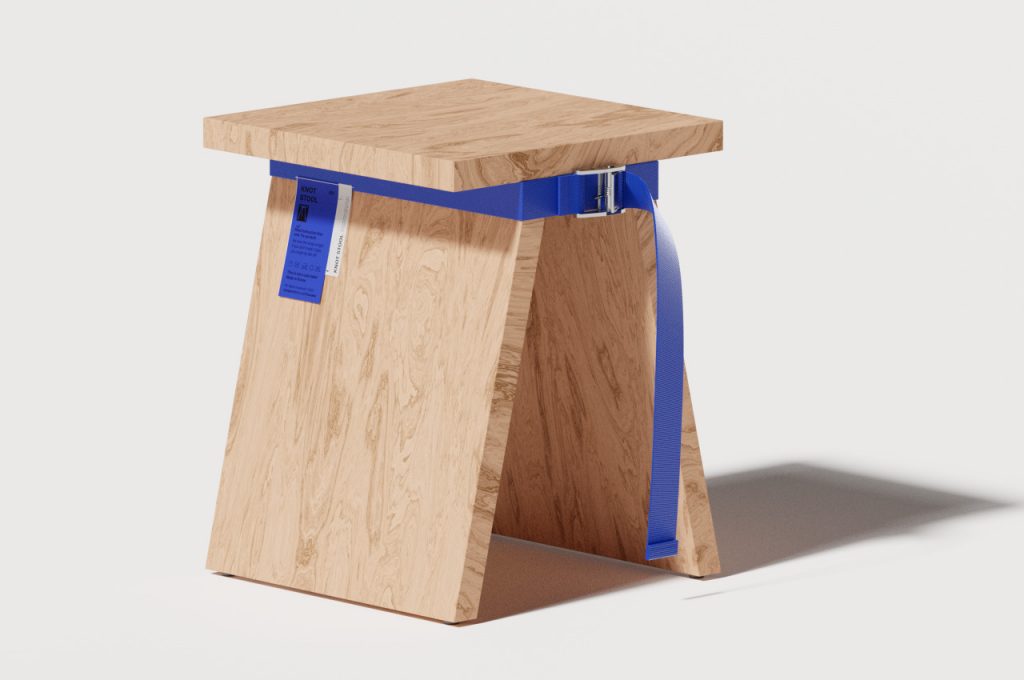
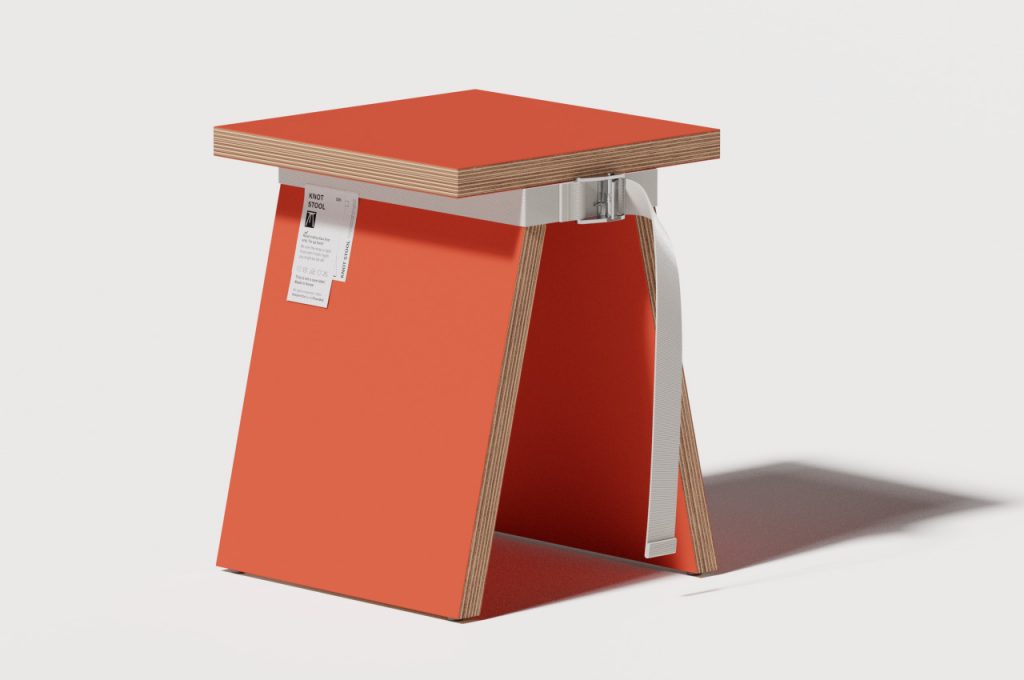
Knot Stool by found/Founded (also header image)
The Knot stool by Seoul-based studio found/Founded looks more decorative than utilitarian. With its entirely flat surface it does not seem particularly inviting. Instead, it boasts an almost brutalist aesthetic if not for the painted surfaces.
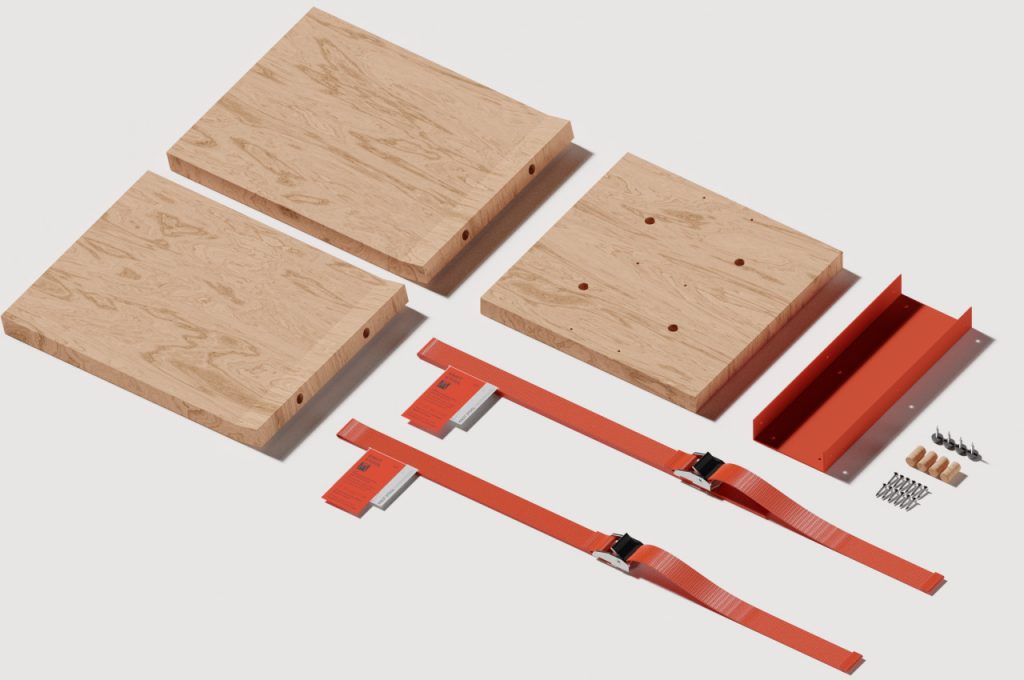
Knot Stool by found/Founded
The design is comprised of three wooden pieces. The decorative webbing strap that wraps around the top of the stool’s legs can come in complementing or contrasting colours, not to mention being made of different materials.
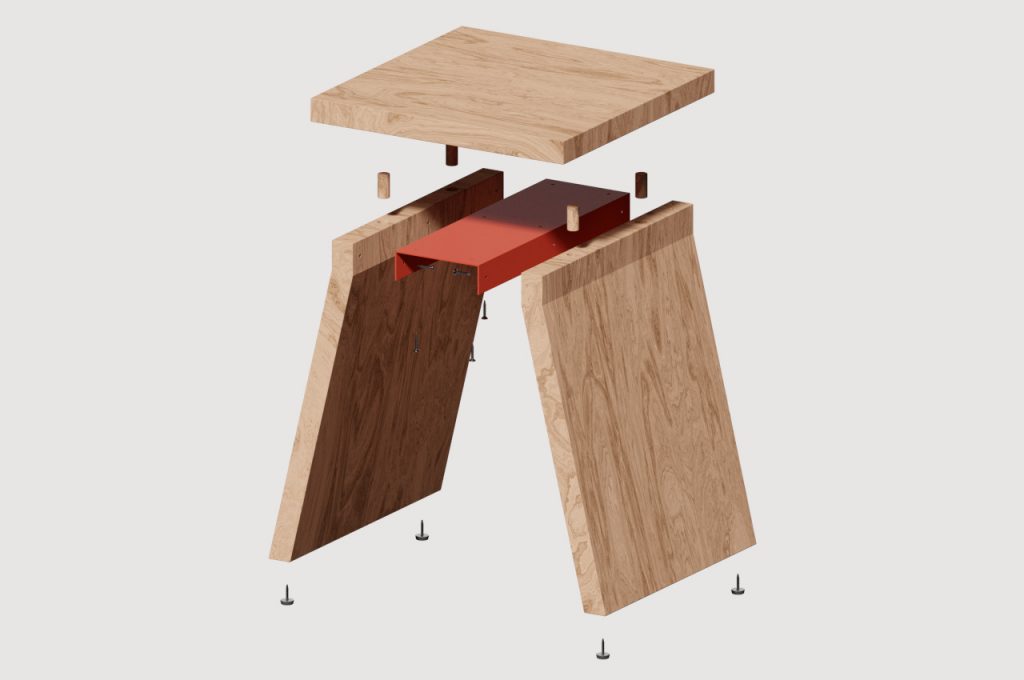
Knot Stool by found/Founded
Regardless of the purpose it will ultimately serve, the KNOT Stool is clearly not a typical stool, especially in the way it adds a bit of whimsical fun to your interior.
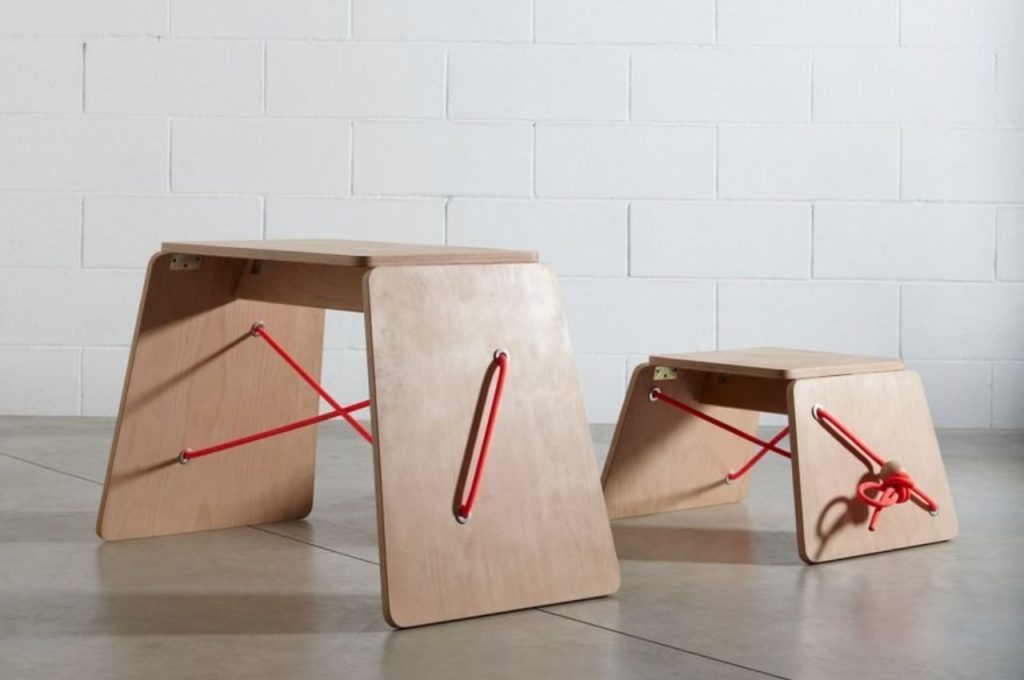
Paco y Paco by Claudio Larcher
Designed by Milan-based designer and design professor Claudio Larcher specially for schools, Paco y Paco is a low-cost and easy-to-assemble set of a table and stool that uses minimum materials and only requires a movement similar to closing a backpack to assemble. The furniture is easy to put up and easy to store when not needed.
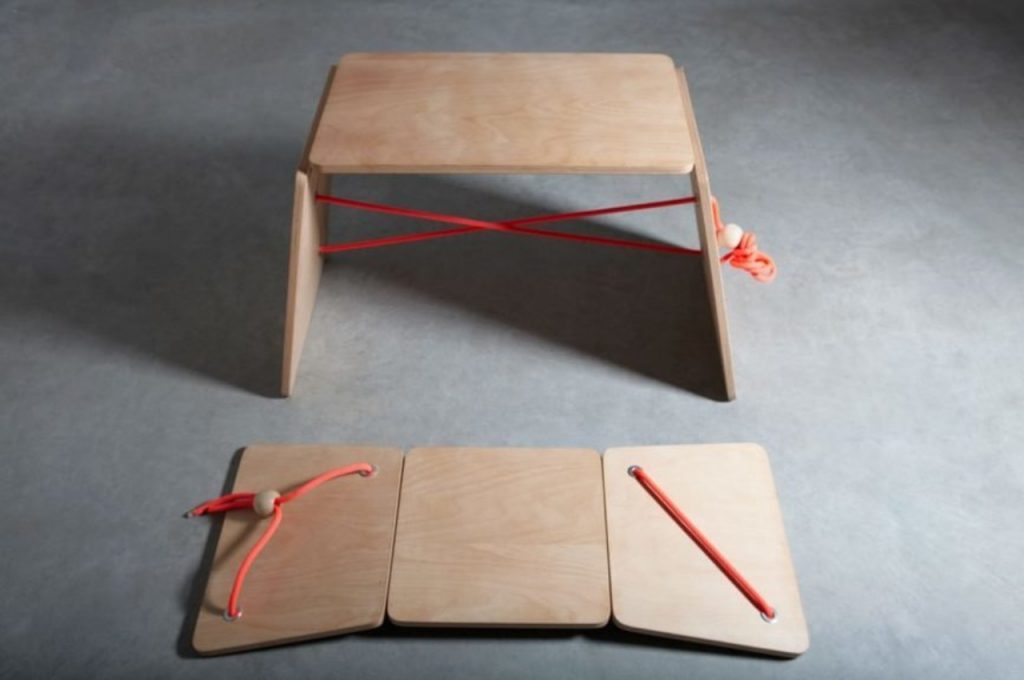
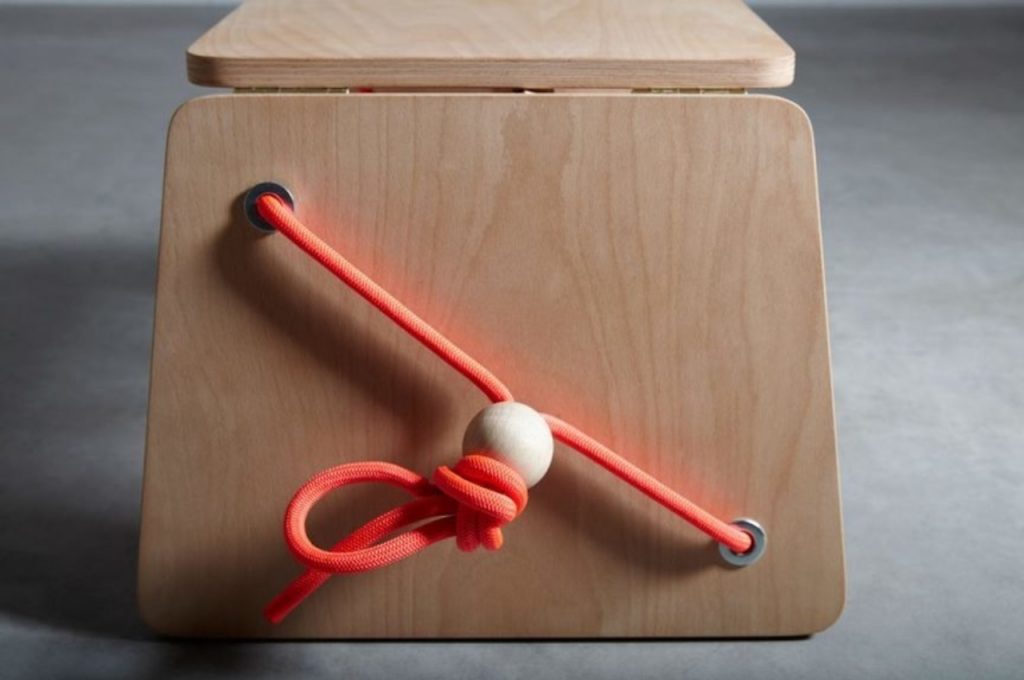
Paco y Paco by Claudio Larcher
The low-cost and minimalist set is made up from some pieces of wood and a rope attached to it. It also features a wooden ball to help with the assembly and to knot the rope, L-brackets for the cross-member, hinges so that the parts can still fold flat, and grommets so the ropes used won’t fringe.
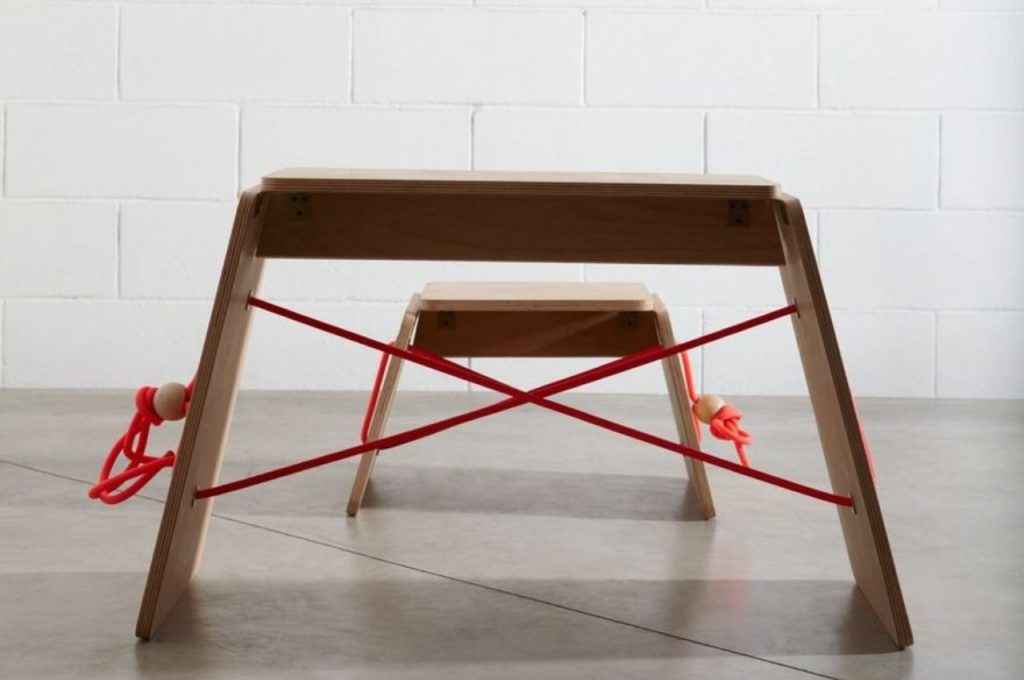
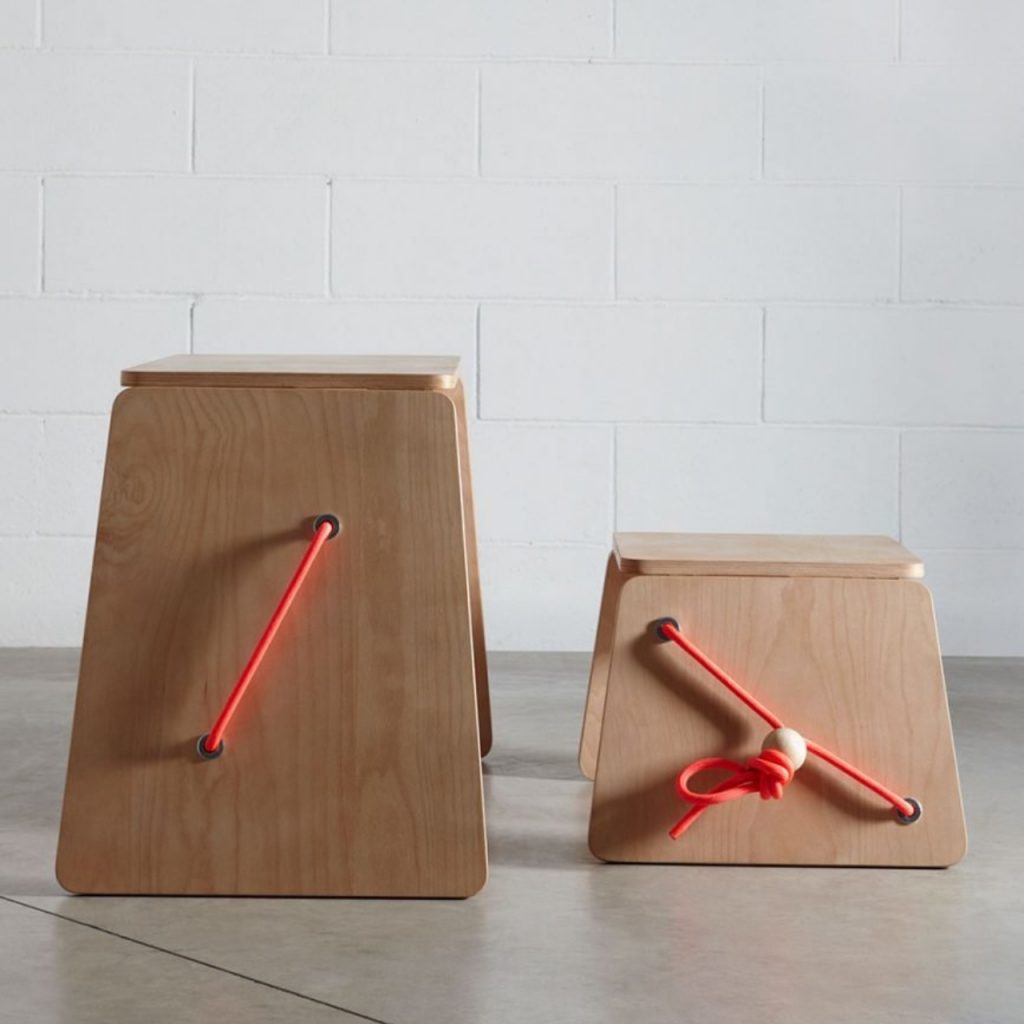
Paco y Paco by Claudio Larcher
When assembled, the set is comprised of a minimalist desk and simple stool that are stable enough to hold a student and their school supplies and books.
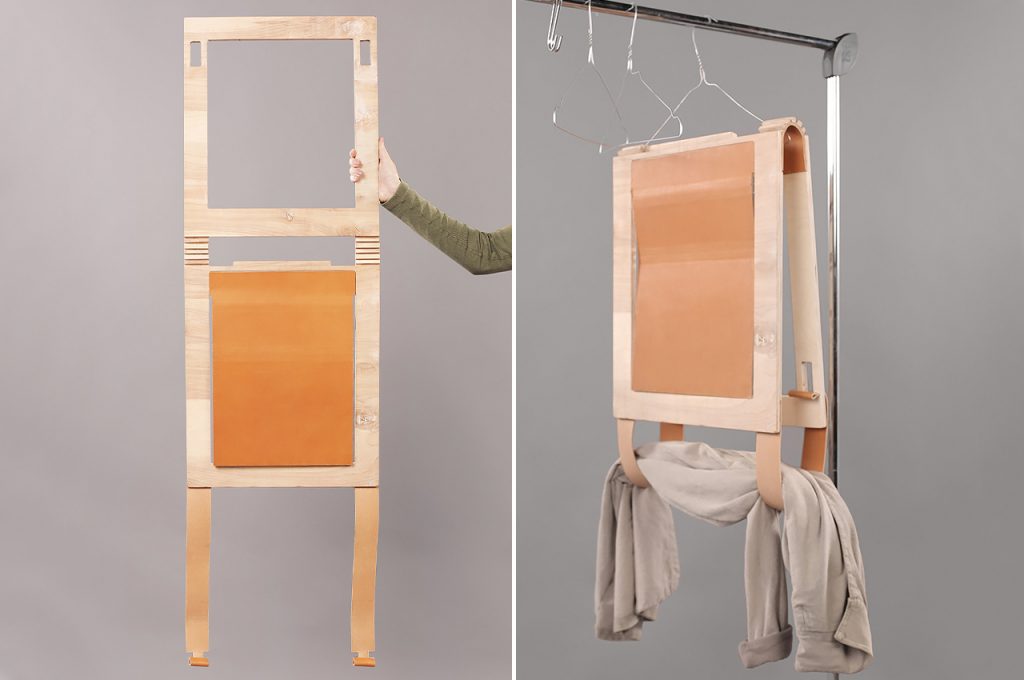
KERF by Hamza Bavčić
Hamza Bavčić based in Sarajevo, Bosnia and Herzegovina, has come up with a space-saving stool that can can literally hang up on a hanger and stored like like clothing in a wardrobe, when not in use. When needed, simply open the fold and you can get a setup ready for your guests in a few seconds.
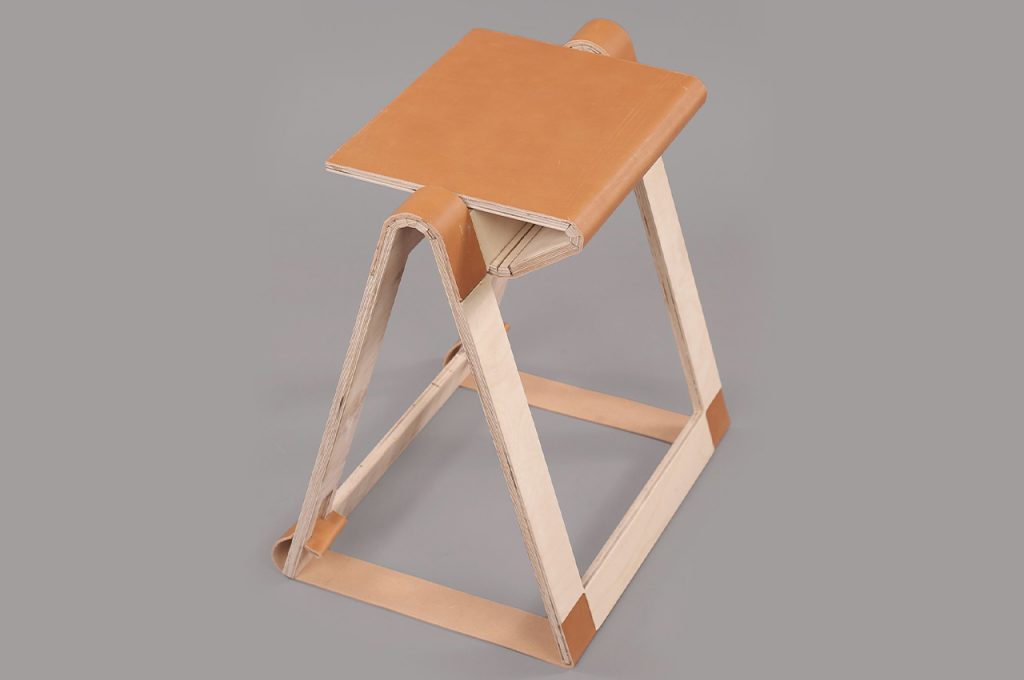
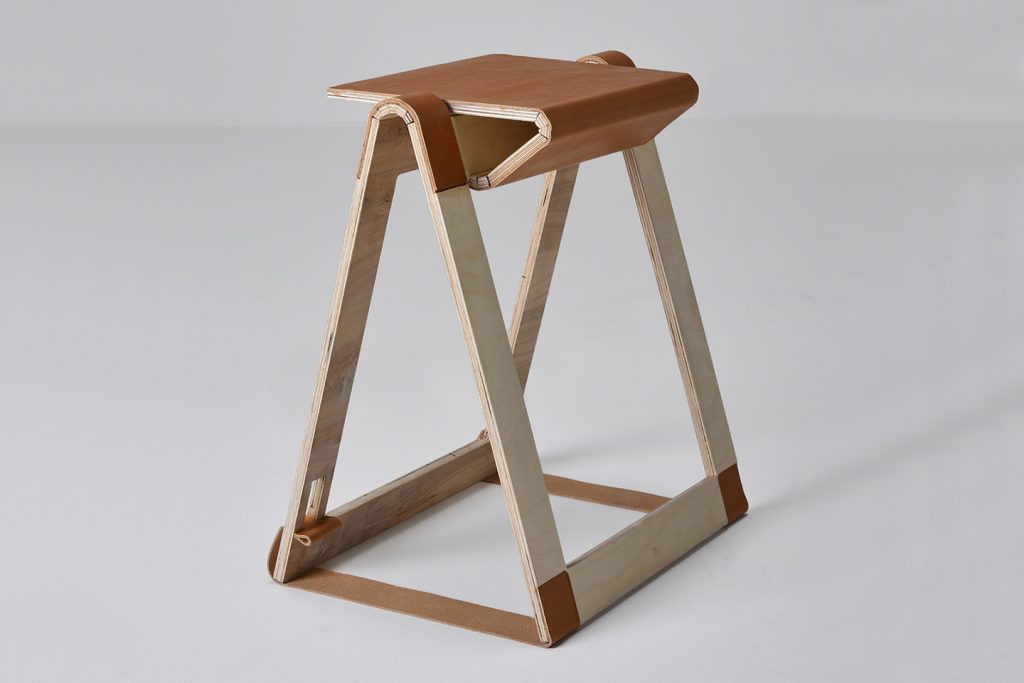
KERF by Hamza Bavčić
The unique piece is named Kerf as an homage to the technique of kerfing, a method of bending plywood by patterned cutting to achieve the desired curvature. The kerfing technique can be optimized for the CNC milling process to save production time and cost.
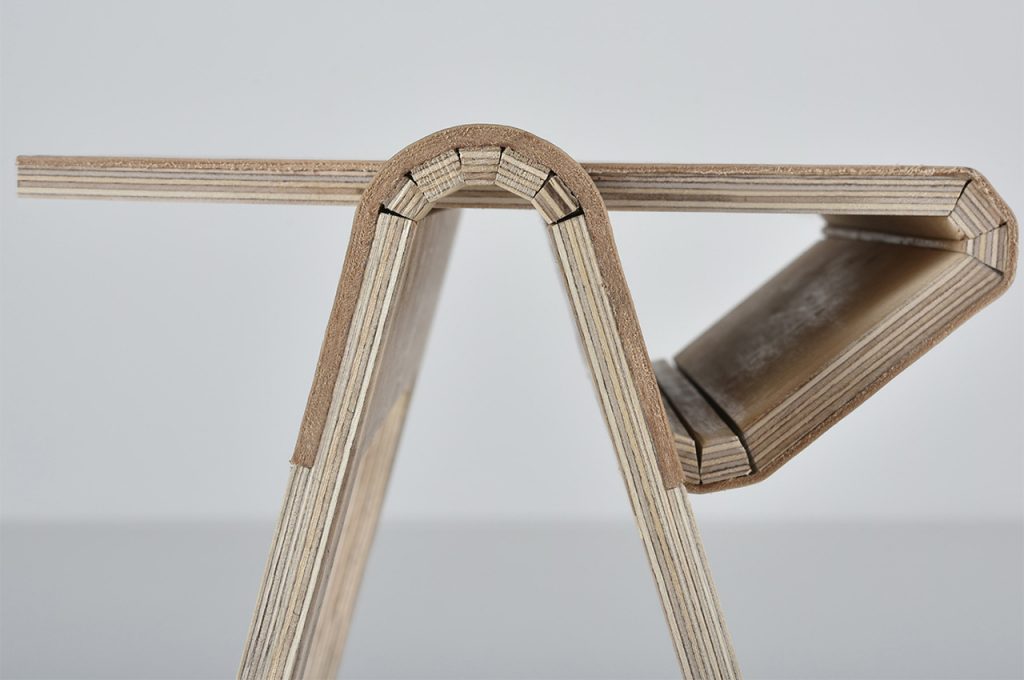
KERF by Hamza Bavčić
Instead of hinges, the designer uses thick leather, which means the design can be compactly packed. He also claims this solution is more long-lasting than the traditional hinge.